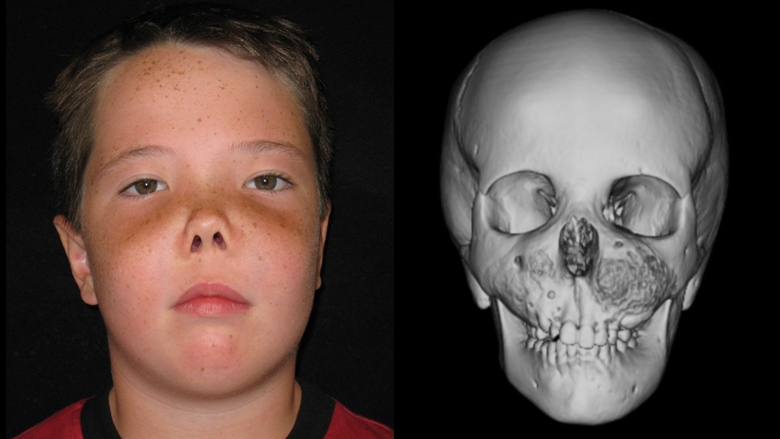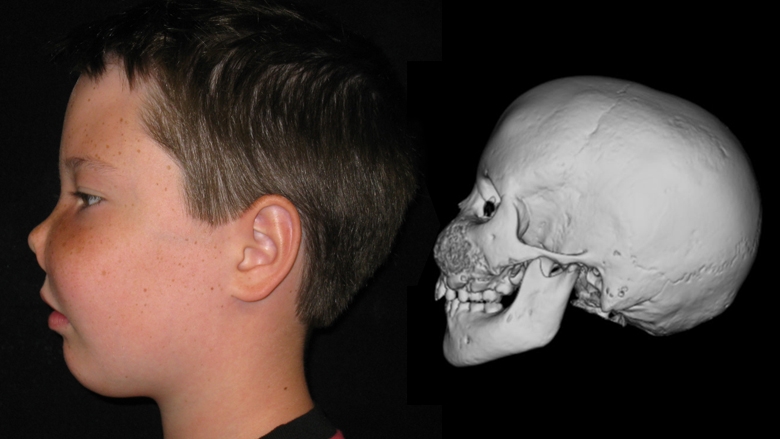What is fibrous dysplasia?
Fibrous dysplasia is a skeletal disorder that occurs when bone-forming cells fail to mature and they produce too much fibrous, or connective, tissue. This fibrous tissue then takes over some areas of healthy bone. Fibrous dysplasia can lead to pain, misshapen bones, and fracture, especially when it occurs in the arms/legs. When fibrous dysplasia occurs in the skull, it can result in changes in the shape of the face or skull, pain, and, in rare circumstances, hearing or vision loss.
Fibrous dysplasia treatment?
There is no cure for fibrous dysplasia. The treatment options that exists consists of treating the symptoms as they arise. Fractures that are caused often require surgery, but can sometimes be treated with just a cast. Surgeries are recommended if a fracture is likely to occur, or in an effort to correct the shape of the bone. Surgery may also be indicated to relieve bone pain. Medications known as bisphosphonates, has been shown to reduce pain associated with the disease. Bone-healthy strategies such as physical activity (with physician approval), and adequate calcium, phosphorus, and vitamin D intake are also important.
Facts:
- Fibrous dysplasia is an uncommon disorder
- Usually diagnosed in children and young adults, and is present throughout life
- Does not appear to be influenced by gender, race, ethnic background, geographic location, or by any environmental exposures
- An affected area of bone can become cancerous, but is rare. This complication typically affects those that have had prior radiation therapy
- The cause of fibrous dysplasia is linked to a gene mutation that affects the cells that produce bone. People with fibrous dysplasia carry this mutation in some, but not all cells of their body. It is not well understood why the mutation occurs, but it is not inherited from a parent, nor can it be passed on from parents to children.


Reference URL's:
https://www.bones.nih.gov/health-info/bone/additional-bone-topics/fibrous-dysplasia
https://rarediseases.info.nih.gov/diseases/6444/fibrous-dysplasia/cases/23216
https://www.chop.edu/conditions-diseases/craniofacial-fibrous-dysplasia
Comments (0)
You don't have permission to comment on this page.